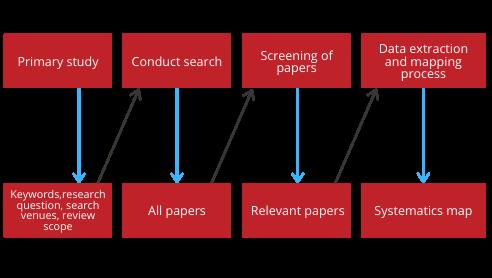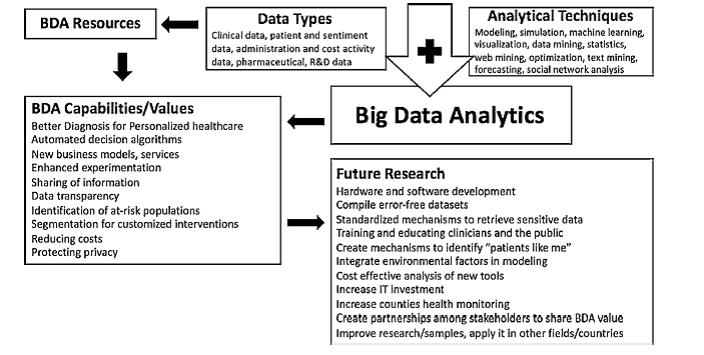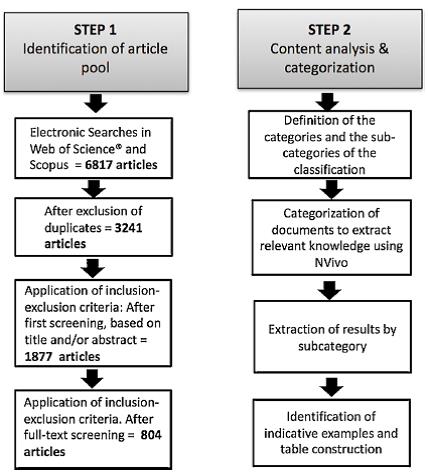Develop a Research Design to Address a Research Question, Considering Strength and Weakness of Different Research Methods
In-Brief
High-quality research designs must be selected by the researchers so that, the researchers can use those designs to convey those ideas readers in an understandable mode. Both of these tasks are difficult for researchers. The significant features of the research design are framed in an evidently complete form which can be used in qualitative, quantitative, and combination of methods for research. Specific features like inquiry (I), a model of the world (M), a data strategy (D), and a strategy for an answer (A) must be defined in the design approach. These features which provide adequate information needed for researchers and readers must be introduced in the code so as to understand the techniques to analyze bias, accuracy, and power of qualitative inferences.

Introduction
There are two design problems for researchers. Firstly, high-level designs must be selected by scholars with given constraints. Secondly, researchers must use these designs to communicate with reviewers and readers. The aim of this paper is to describe an approach to deal with these problems. The above-proposed framework is used in the research that expects researchers to present data about the model (M), the inquiry (I), the data strategy (D), and the answer strategy (A). There is no general idea of a complete approach, but the researchers can select a model that determines which assumptions are helpful and what features are to be declared sequentially. Researchers need suggestions like the probability of creating the right policy decision after the research is performed. Using this framework as a computer code object researchers can declare a design and then its statistical properties can be analyzed based on this declaration. (Blair, Cooper, Coppock, & Humphreys, 2019)
Preliminary study

A preliminary study has to be performed necessarily before doing research for the better scope of the search. Internet or common search engines like Google Scholar can be used to perform a random search. Random search is performed using one or two keywords based on the research. After discovering a few papers based on the research, some more relevant keywords can be extracted from these papers. The notion about designing research questions is more consistent after performing some initial research and study of some of the papers (Hussain, Salleh, Cheng, & Shi, 2019).
Research framework

Data infrastructure solutions and big data analysis are important mechanisms for the research process. Adopting resources that are helpful for research and then combining those resources can create distinctive values that increase their advantage. This theory is commonly used in big data research. The important organizational resource is considered as the data gathered from the IT infrastructure which helps in gaining competitive advantage. A suitable application of this theory is the clinical sector. The analysis of a huge amount of data results in the value chain which has been examined using this theory. In the health sector, data is extracted from operational and health information systems. This data is used by the researchers to deal with clinical problems such as low budgets, faster turnaround times, etc., Medical data such as patient details, pharmaceutical data, etc., must be processed and explored appropriately. The aim of this paper is to identify the techniques used for the analysis, the application of the big data resources, and the values that are created for the health sector are to be analyzed.

Methodology
The first step is the collection of relevant articles. The selection of articles was based on the criterion of inclusion-exclusion that is approved by all authors. The dataset consists of
- Articles and reviews
- Studies related to the medical sector
- Studies in the English language
- Studies related to big data analytics.
The second step is to identify the categories and their subcategories needed for the categorization, classification, and content analysis of documents. Some of the categories and subcategories that are selected were based on the existing literature and were improved from the knowledge acquired by reading the articles included the dataset.
Research context
Data types
The information resources obtained from the health sector are organized under five categories as follows: 1. Clinical data, 2. Administration and Cost Activity, 3. Pharmaceutical data, 4. Patient details, and 5. Information derived from Databases. The first 4 categories are adapted from the literature and the Databases are retrieved from the clinical databases, such as PubMed, OECD, WHO, Medline, and FDA. Web-mining and text-mining are special data-mining methods. However, they follow a more methodical analysis of the mining techniques. The modeling technique is one of the techniques that can include many of the other methods.
Machine Learning
The most preferred form of the analytical technique is machine learning. It has been greatly used in the field of healthcare predictive analytics for improved outcomes in many research domains. It also helps in the progress of patient-centric models for the improvement of patient’s diagnoses and interventions. Analytical model building is a data analysis technique that has been automated by machine learning. Analytical algorithms that are referred by artificial intelligence helps in gaining knowledge from pattern identification, data, allow suggestions from computers, and find insights. Machine learning techniques help to understand complex information from the health sector which cannot be accomplished by the traditional statistical methods.
Conclusion
The common sources of information for researchers are the internet. They can post their researched white papers online and make their findings readily available on the internet. They can also create hyperlinks for already created web pages to scholarly resources. (Tracy, 2019)This paper helps to recognize the ways for constructing the research questions and to characterize the particular issues. Thus researchers can gain a better knowledge of the prior research and can be able to frame their research questions. Research questions play a major role in communicating research after their research has been concluded (Thuan, Drechsler, & Antunes, 2019).
Future research
The adopted framework for research winds up with future research directions. The future work can be grouped under 19 categories, which are further grouped under three viewpoints:
- Technological enhancements,
- Research developments, and
- Enhancements in healthcare organization processes.
Although the research in each paper is unique, future viewpoints were found to be analogous in many cases (Galetsi, Katsaliaki, & Kumar, 2020).
References
- Blair, G., Cooper, J., Coppock, A., & Humphreys, M. (2019). Declaring and diagnosing research designs. American Political Science Review, 113(3), 838–859. Retrieved from https://www.cambridge.org/core/journals/american-political-science-review/article/declaring-and-diagnosing-research-designs/3CB0C0BB0810AEF8FF65446B3E2E4926
- Galetsi, P., Katsaliaki, K., & Kumar, S. (2020). Big data analytics in health sector: Theoretical framework, techniques and prospects. International Journal of Information Management, 50, 206–216. Retrieved from https://www.sciencedirect.com/science/article/pii/S0268401219302890
- Hussain, K., Salleh, M. N. M., Cheng, S., & Shi, Y. (2019). Metaheuristic research: a comprehensive survey. Artificial Intelligence Review, 52(4), 2191–2233. Retrieved from https://link.springer.com/article/10.1007/s10462-017-9605-z
- Thuan, N. H., Drechsler, A., & Antunes, P. (2019). Construction of design science research questions. Communications of the Association for Information Systems, 44(1), 20. Retrieved from https://aisel.aisnet.org/cais/vol44/iss1/20/
- Tracy, S. J. (2019). Qualitative research methods: Collecting evidence, crafting analysis, communicating impact. Retrieved from https://books.google.com/books?hl=en&lr=&id=ipOgDwAAQBAJ&oi=fnd&pg=PP17&dq=5.%09Sarah+J.+Tracy,+2019,+Qualitative+Research+Methods:Collecting+Evidence,+Crafting+Analysis,+Communicating+Impact.&ots=WuE0l28yLs&sig=ibCI41NQnyTQ_xd3KaJqZVXCXck

 Next Post
Next Post